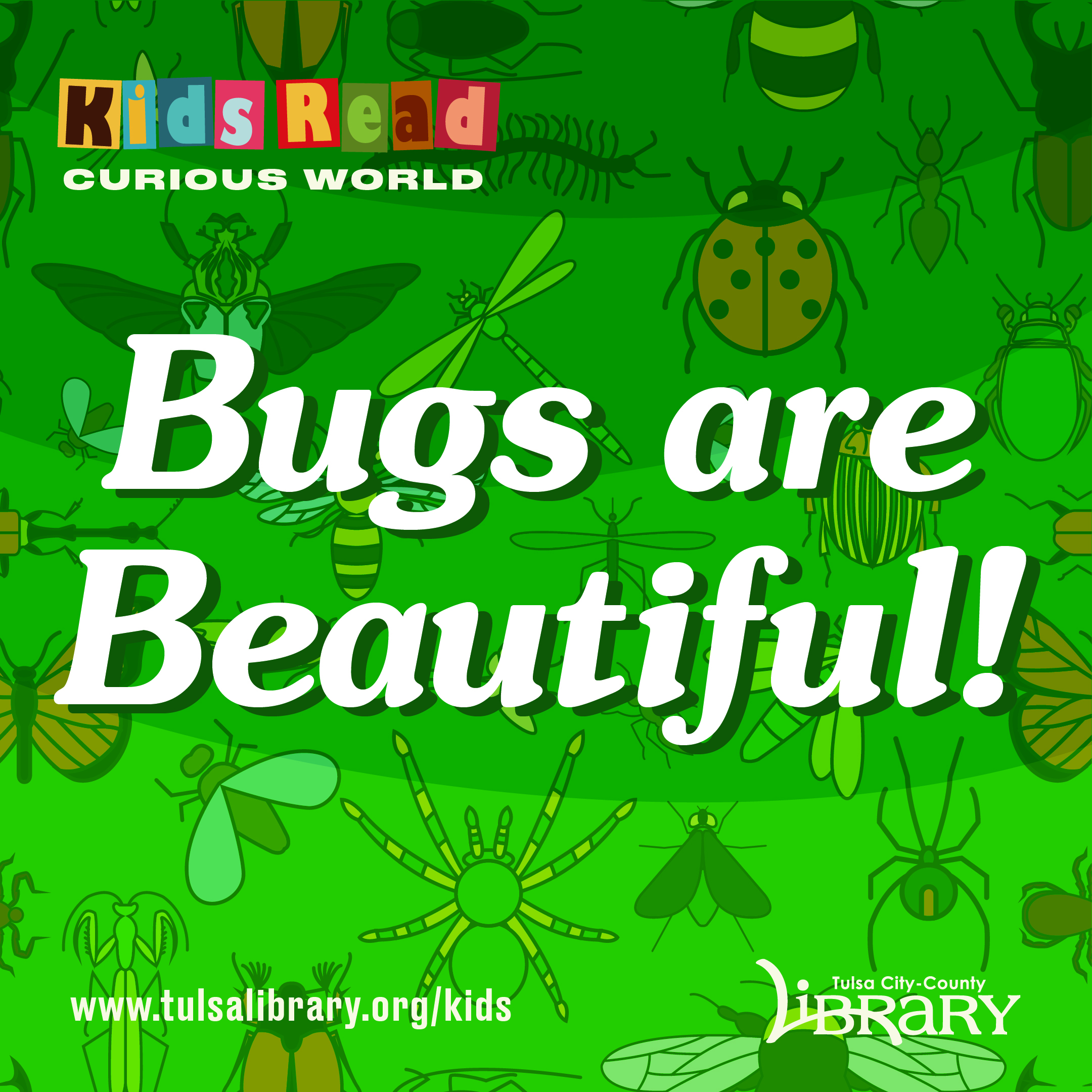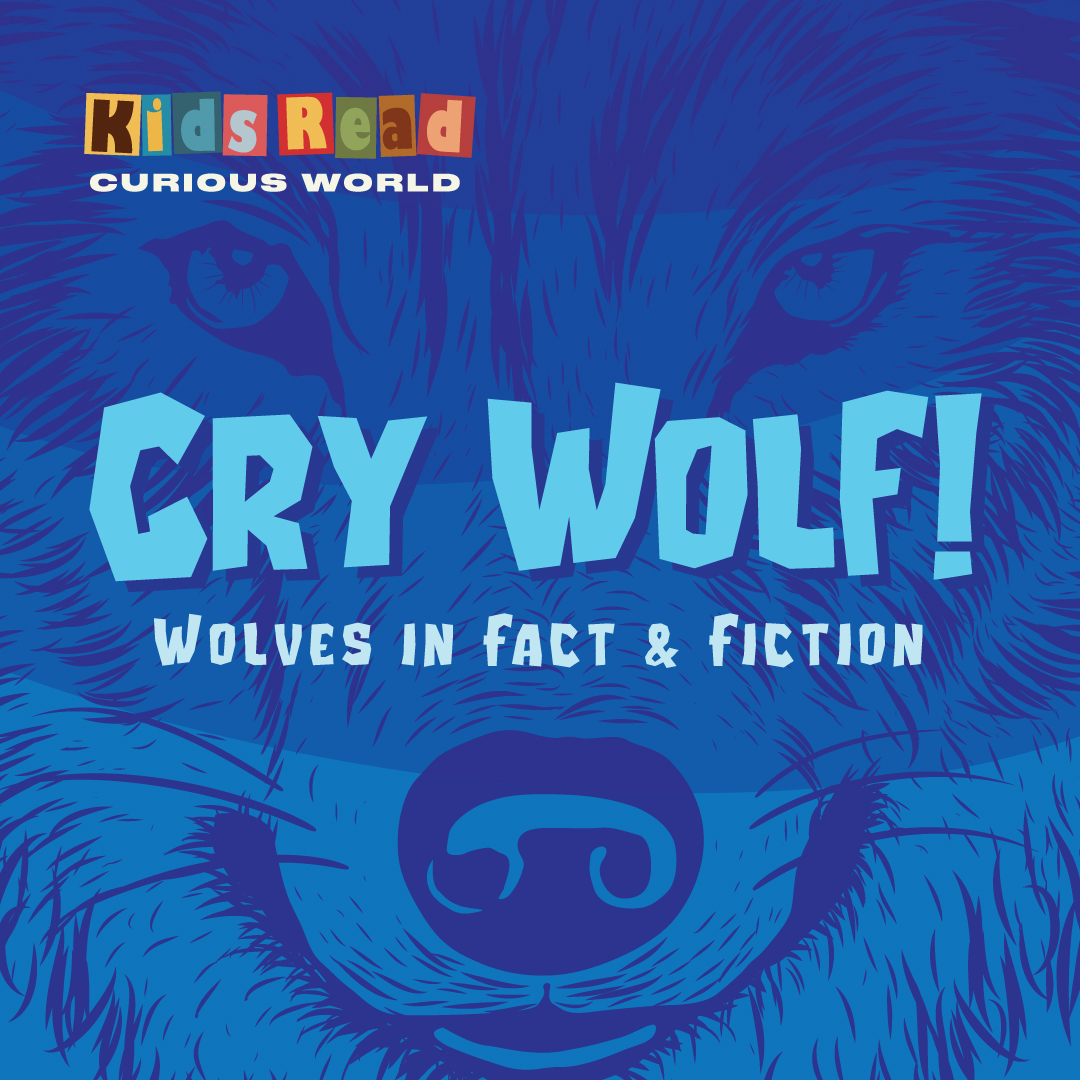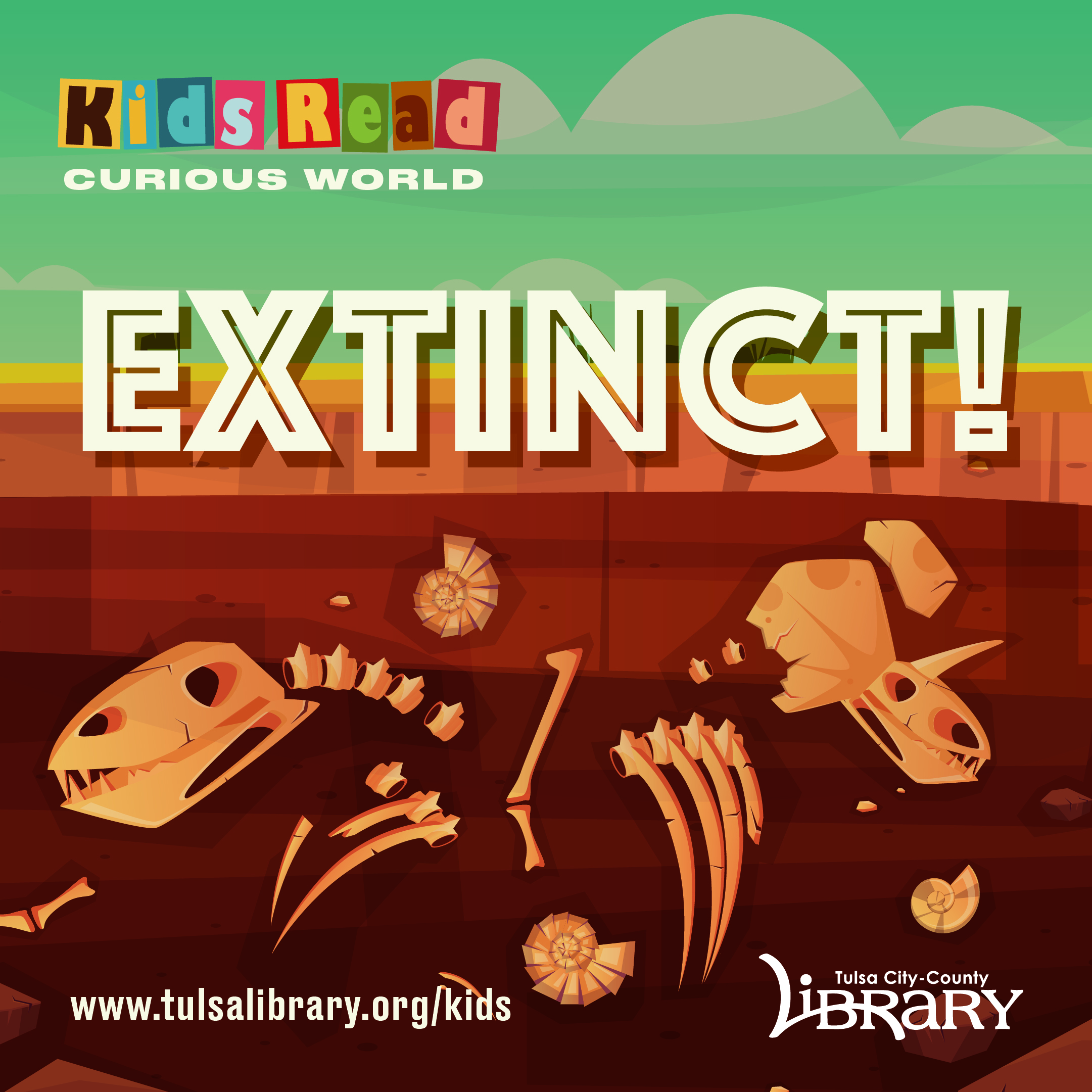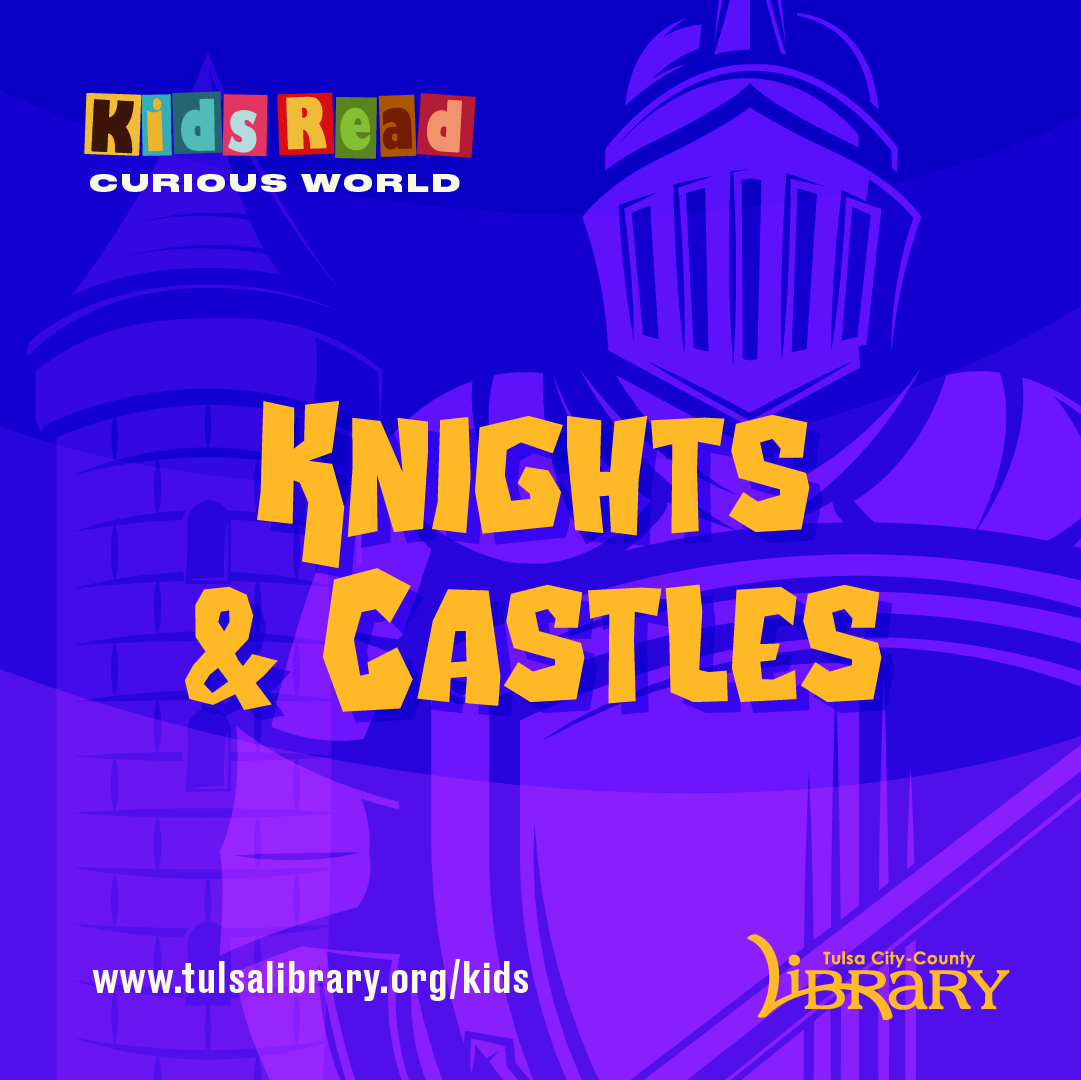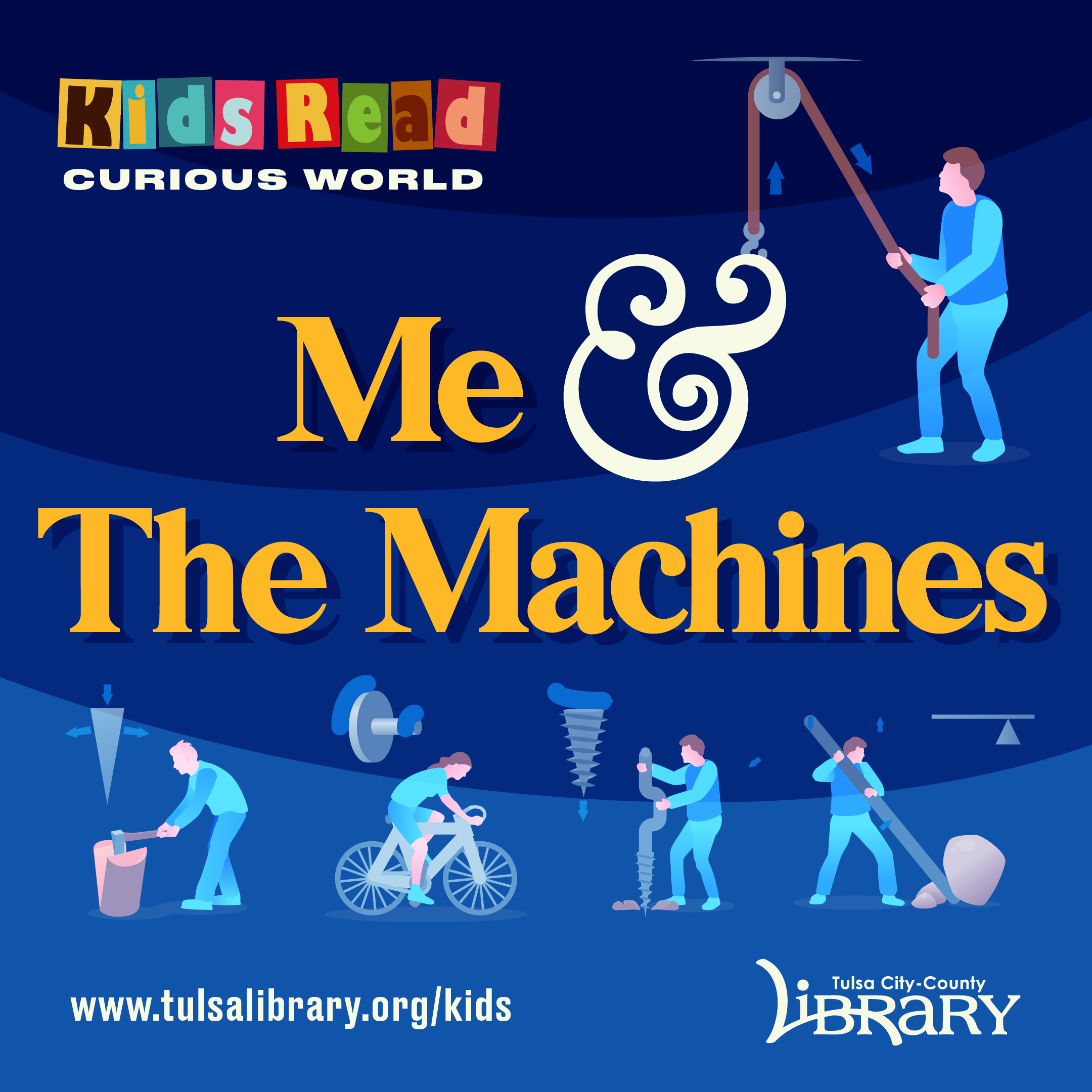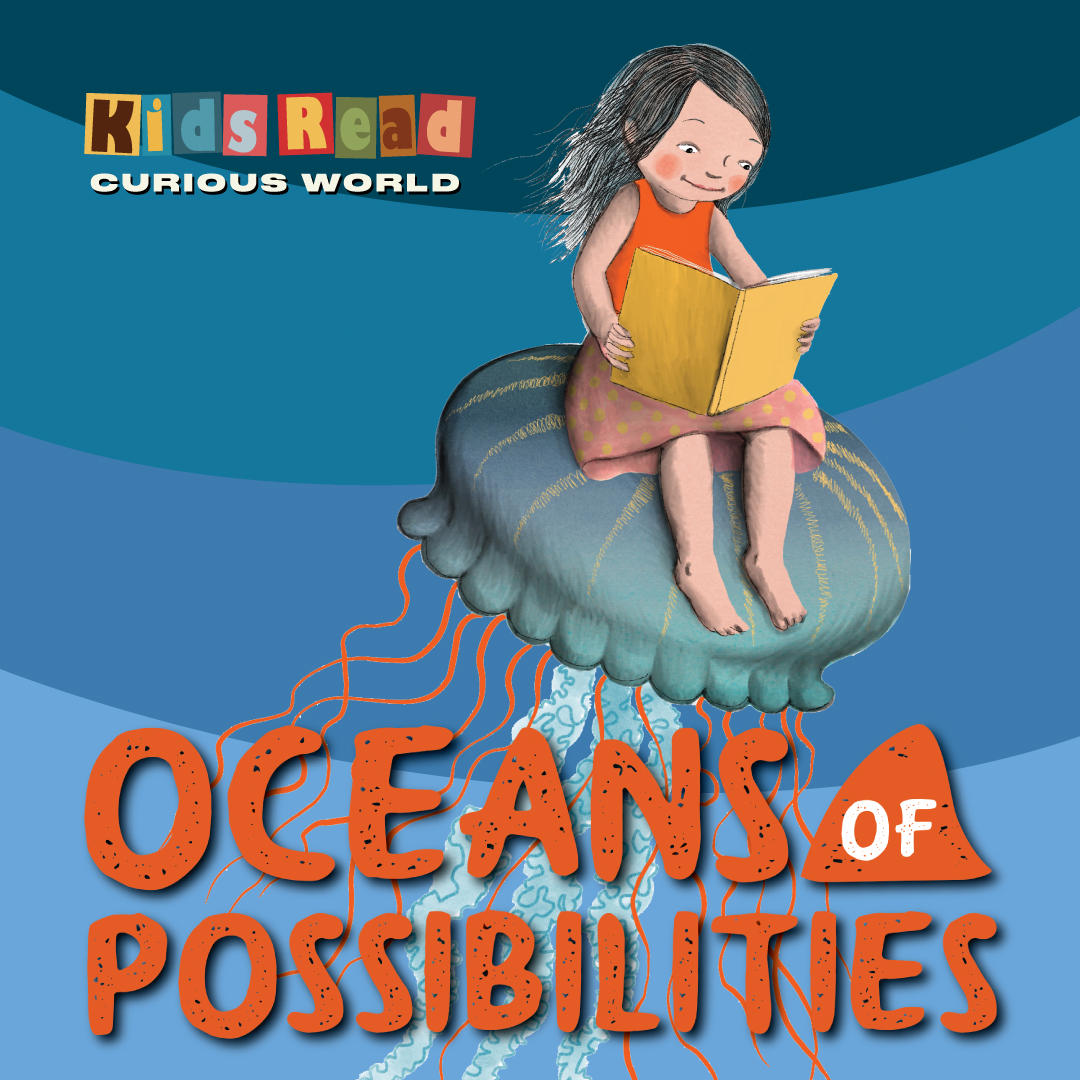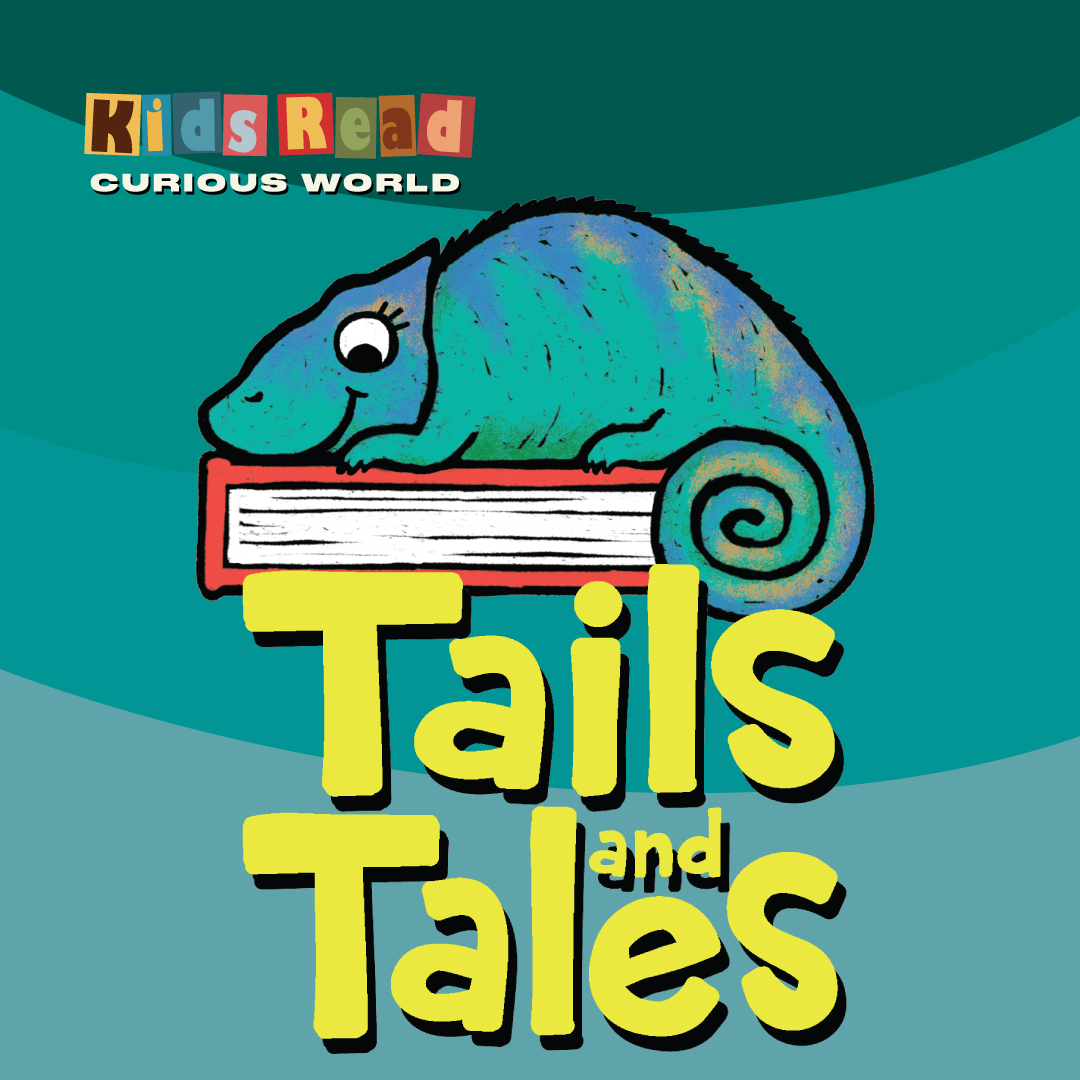Your source for great reading lists, based on Kids Read reading identities!
Welcome to the Tulsa City-County Library's collection of great book lists for kids! Choose lists by KIDS READ reading identity. You can also find lists for each KIDS READ THEME, below!
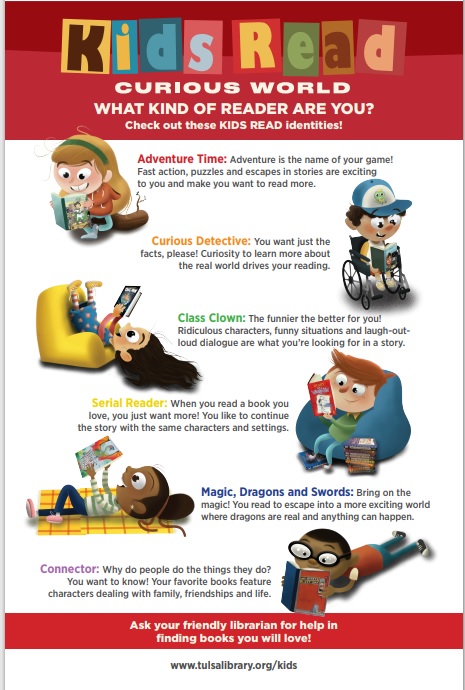
ADVENTURE TIME Readers
ADVENTURE TIME Readers
If you are an ADVENTURE TIME reader, adventure is the name of your game! Fast action, puzzles and escapes in stories are exciting to you and make you want to read more.
Find ADVENTURE TIME lists on these Kids Read Curious World topics:
- Art Smart! Art Masterpieces
- Blast Off! Space & Planets
- Bugs Are Beautiful!
- Cry Wolf! Wolves in Fact & Fiction
- Dig Into Archaeology
- Elephants!
- Extinct! Extinct Animals
- Knights & Castles
- Me & the Machine - Simple Machines
- Oceans of Possibilities
- So You Want To Be President!
- Tails & Tales - Animals
- Weather Wizards
- Where in the World Is Buddy Bookworm? Maps & Continents
- Wild, Wild West
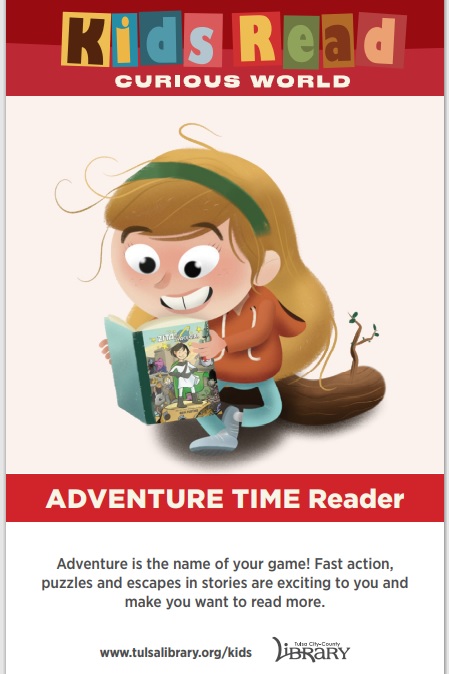
CLASS CLOWN Readers
CLASS CLOWN Readers
The funnier the better for CLASS CLOWN readers! Ridiculous characters, funny situations and laugh-out-loud dialogue are what you're looking for in a story.
Find CLASS CLOWN lists on these Kids Read Curious World topics:
- Art Smart! Art Masterpieces
- Blast Off! Space & Planets
- Bugs Are Beautiful!
- Cry Wolf! Wolves in Fact & Fiction
- Dig Into Archaeology
- Elephants!
- Extinct! Extinct Animals
- Knights & Castles
- Me & the Machine - Simple Machines
- Oceans of Possibilities
- So You Want To Be President!
- Tails & Tales - Animals
- Weather Wizards
- Where in the World Is Buddy Bookworm? Maps & Continents
- Wild, Wild West
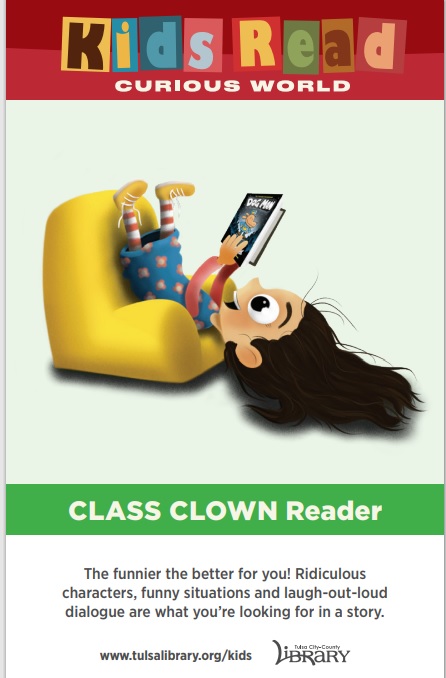
CONNECTOR Readers
CONNECTOR Readers
Why do people do the things they do? When you're a CONNECTOR reader, you want to know! Your favorite books feature characters dealing with family, friendships and life.
Find CONNECTOR lists on these Kids Read Curious World topics:
- Art Smart! Art Masterpieces
- Blast Off! Space & Planets
- Bugs Are Beautiful!
- Cry Wolf! Wolves in Fact & Fiction
- Dig Into Archaeology
- Elephants!
- Extinct! Extinct Animals
- Knights & Castles
- Me & the Machine - Simple Machines
- Oceans of Possibilities
- So You Want To Be President!
- Tails & Tales - Animals
- Weather Wizards
- Where in the World Is Buddy Bookworm? Maps & Continents
- Wild, Wild West
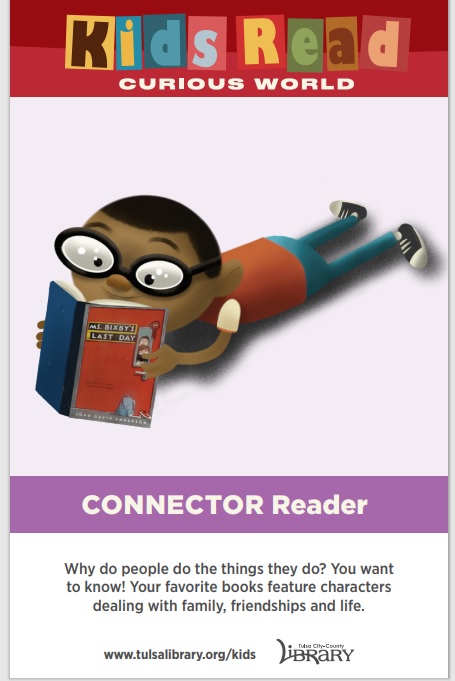
CURIOUS DETECTIVE Readers
CURIOUS DETECTIVE Readers
CURIOUS DETECTIVE readers want just the facts, please! Curiosity to learn more about the real world drives your reading.
Find CURIOUS DETECTIVE lists on these Kids Read Curious World topics:
- Art Smart! Art Masterpieces
- Blast Off! Space & Planets
- Bugs Are Beautiful!
- Cry Wolf! Wolves in Fact & Fiction
- Dig Into Archaeology
- Elephants!
- Extinct! Extinct Animals
- Knights & Castles
- Me & the Machine - Simple Machines
- Oceans of Possibilities
- So You Want To Be President!
- Tails & Tales - Animals
- Weather Wizards
- Where in the World Is Buddy Bookworm? Maps & Continents
- Wild, Wild West
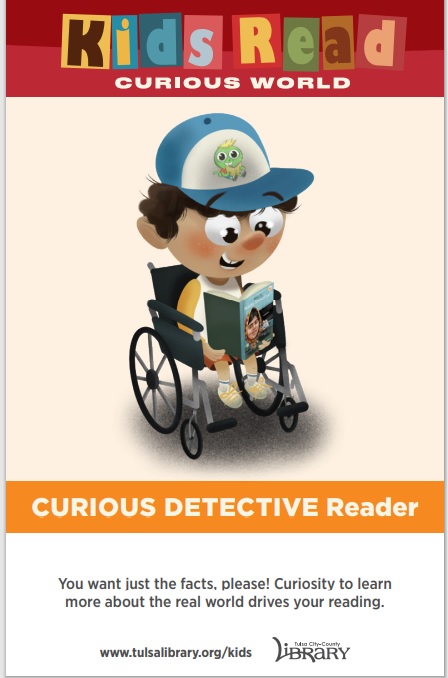
MAGIC, DRAGONS, & SWORDS Readers
GUILD OF MAGIC, DRAGONS, & SWORDS Readers
Bring on the magic! When you're a GUILD OF MAGIC, DRAGONS, & SWORDS reader, you read to escape into a more exciting world where dragons are real and anything can happen.
Find MAGIC, DRAGONS & SWORDS lists on these Kids Read Curious World topics:
- Art Smart! Art Masterpieces
- Blast Off! Space & Planets
- Bugs Are Beautiful!
- Cry Wolf! Wolves in Fact & Fiction
- Dig Into Archaeology
- Elephants!
- Extinct! Extinct Animals
- Knights & Castles
- Me & the Machine - Simple Machines
- Oceans of Possibilities
- So You Want To Be President!
- Tails & Tales - Animals
- Weather Wizards
- Where in the World Is Buddy Bookworm? Maps & Continents
- Wild, Wild West
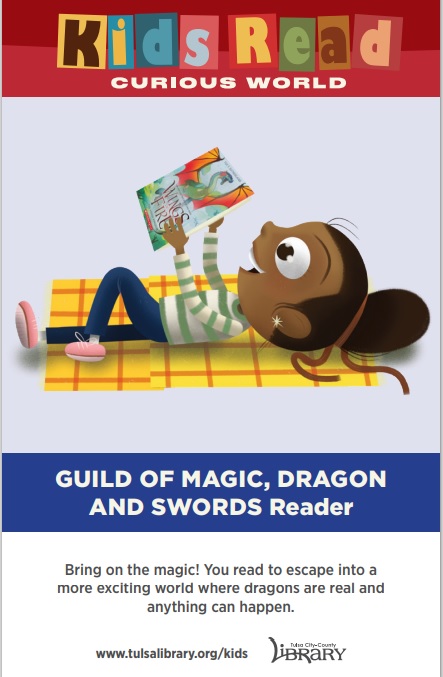
SERIAL READERS
SERIAL READERS
When you are a SERIAL READER and you read a book you love, you just want more! You like to continue the story with the same characters and settings.
Find SERIAL READER lists on these Kids Read Curious World topics:
- Art Smart! Art Masterpieces
- Blast Off! Space & Planets
- Bugs Are Beautiful!
- Cry Wolf! Wolves in Fact & Fiction
- Dig Into Archaeology
- Elephants!
- Extinct! Extinct Animals
- Knights & Castles
- Me & the Machine - Simple Machines
- Oceans of Possibilities
- So You Want To Be President!
- Tails & Tales - Animals
- Weather Wizards
- Where in the World Is Buddy Bookworm? Maps & Continents
- Wild, Wild West
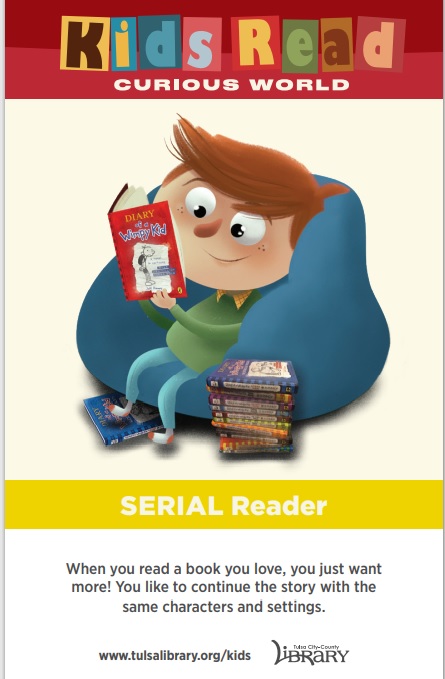
Art Smart! Art Masterpieces
Check out these lists about art masterpieces that are based on different Kids Read reading identities:
Blast Off! Space & Planets
Check out these lists about space and planets that are based on different Kids Read reading identities:
Bugs Are Beautiful!
Check out these lists about insects and bugs that are based on different Kids Read reading identities:
Cry Wolf! Wolves in Fact & Fiction
Check out these lists about wolves that are based on different Kids Read reading identities:
Dig Into Archaeology
Check out these lists about archaeology that are based on different Kids Read reading identities:
Elephants!
Check out these lists about elephants that are based on different Kids Read reading identities:
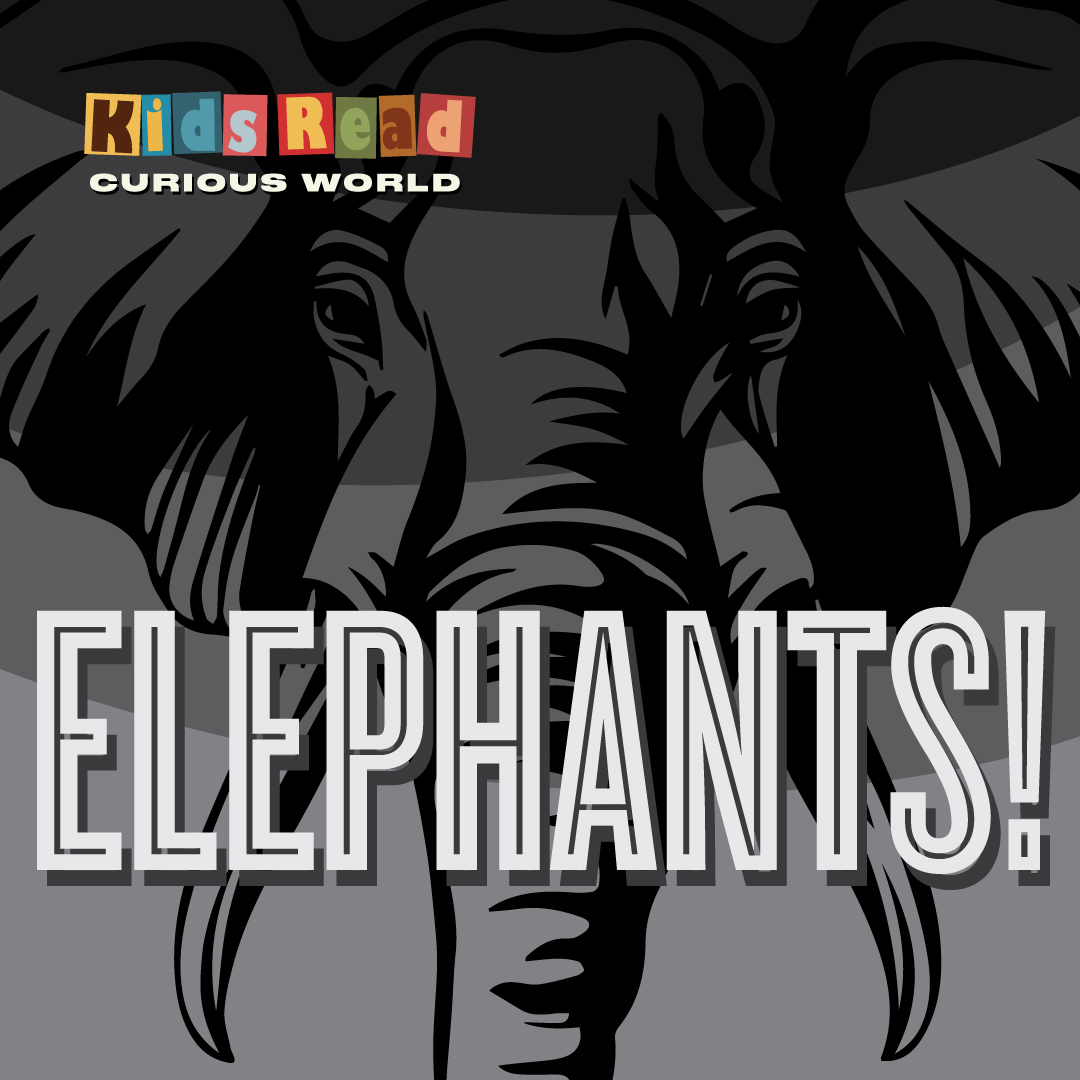
Extinct! Extinct Animals
Check out these lists about extinct animals that are based on different Kids Read reading identities:
Knights & Castles
Check out these lists about knights and castles that are based on different Kids Read reading identities:
Me & the Machine - Simple Machines
Check out these lists about simple machines that are based on different Kids Read reading identities:
Oceans of Possibilities
Check out these lists about oceans that are based on different Kids Read reading identities:
So You Want to be President... Presidents & Elections
Check out these lists about presidents that are based on different Kids Read reading identities:
Tails & Tales - Animals
Check out these lists about animals that are based on different Kids Read reading identities:
Weather Wizards
Check out these lists about weather that are based on different Kids Read reading identities:
Wild, Wild West
Check out these lists about the wild west that are based on different Kids Read reading identities:
Where in the World Is Buddy Bookworm? Maps & Continents
Check out these lists about maps and continents that are based on different Kids Read reading identities:



